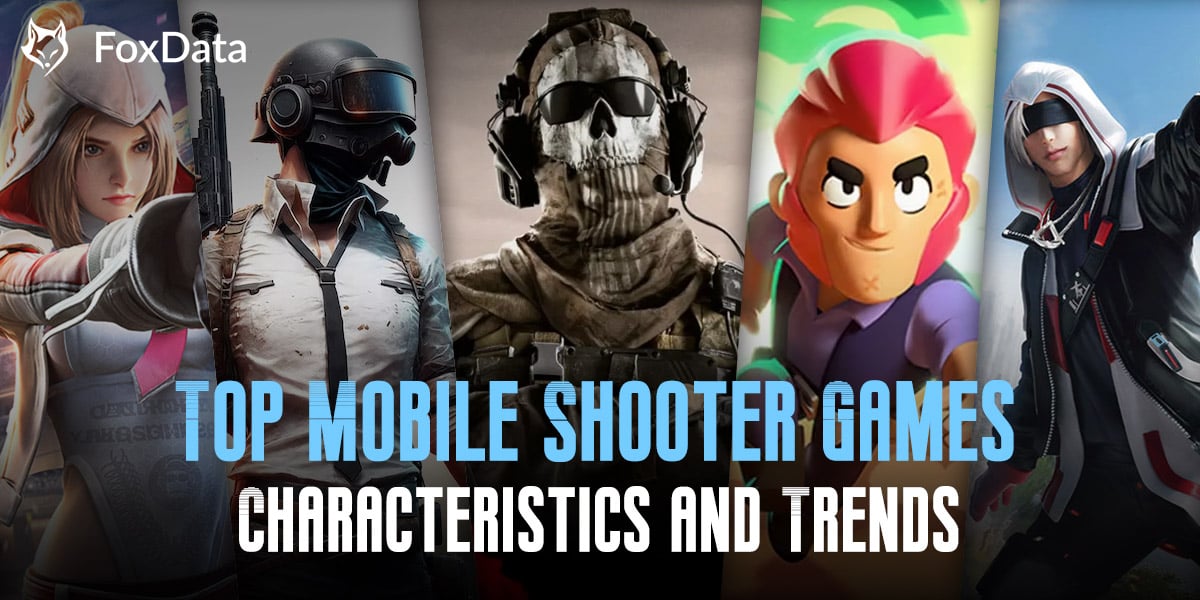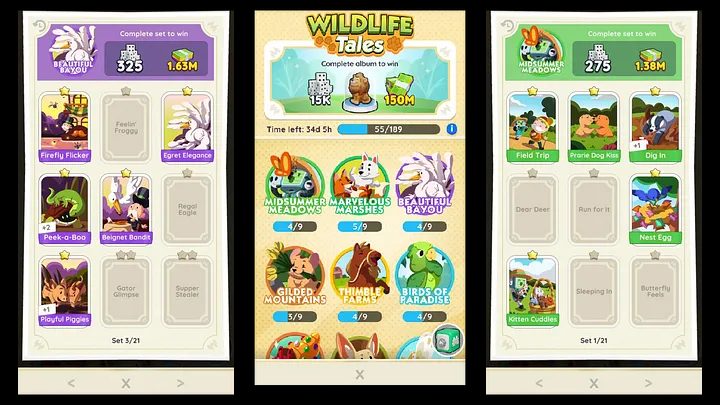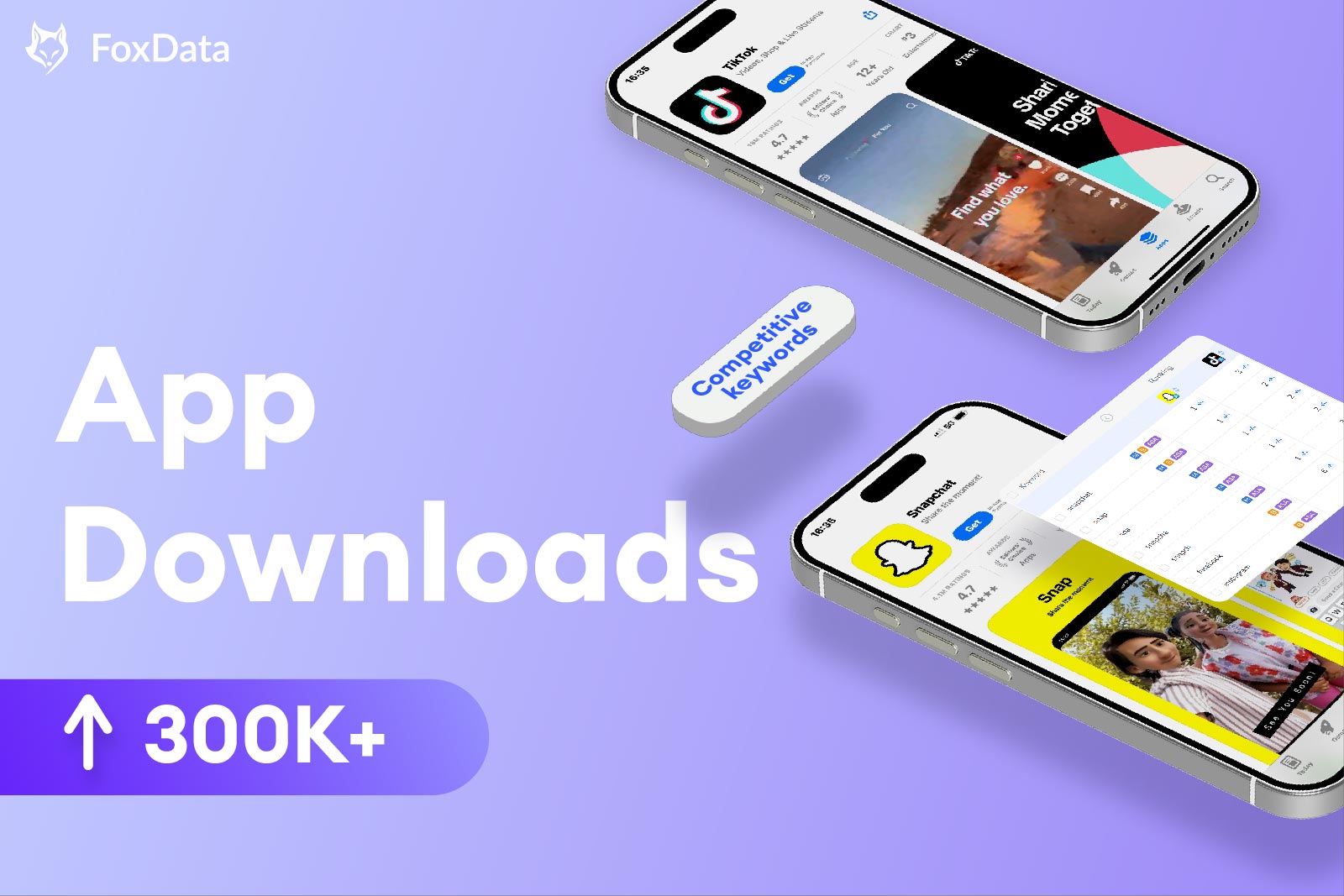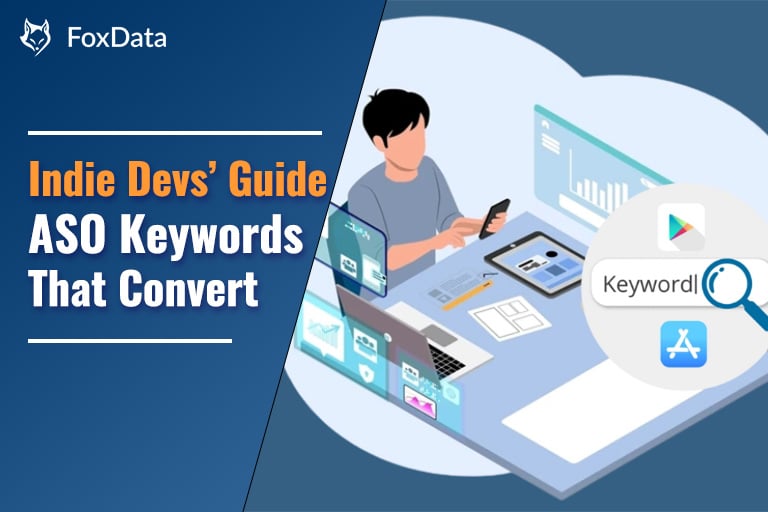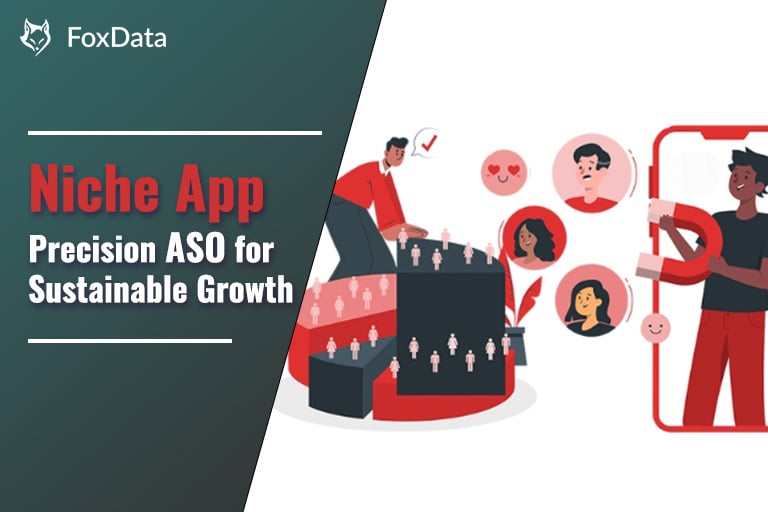How Do Players Engage with Your Game from Acquisition to Purchase?
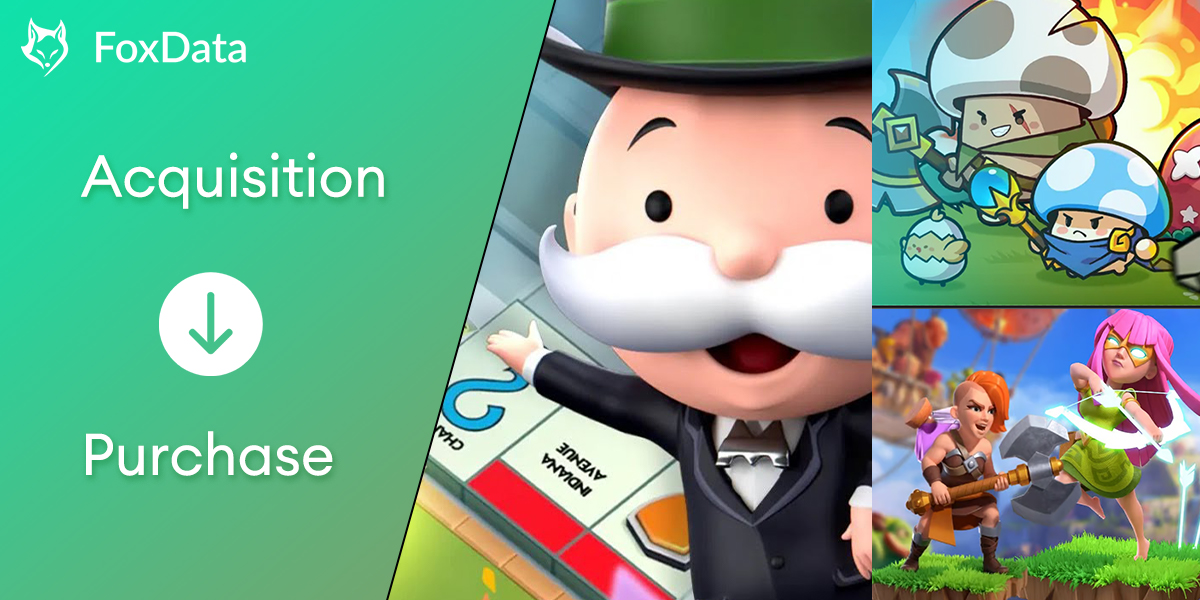
Understanding the player journey is crucial for success in the mobile gaming industry.
This blog outlines each stage of the player journey, from acquisition to the first purchase, providing strategies to enhance player satisfaction and return on investment (ROI).
Let's delve into how do players engage with your game from acquisition to purchase!
Stage 1: Acquiring Players
You've developed a game and are eager to showcase it globally. But how do you grab the attention of potential players?
The journey begins with acquiring players, a crucial phase that influences subsequent interactions.
Acquisition Avenues: Paid and Organic
To attract players, you generally have two options: paid and organic methods.
Paid acquisition involves advertising through social media, ad networks, and collaborations with influencers.
You invest money and in return, gain traffic.
This approach sounds straightforward but requires ongoing adjustments and budget management to remain cost-effective.
👉Read More: Paid Social Media: A Guide for Business Growth
Conversely, organic acquisition relies on natural growth through word-of-mouth, social media interactions, app store optimization, and other free methods. These methods tend to attract more dedicated players because they discover your game on their own.
👉Read more case study of organic acquisition: How Do Role-Playing Game Apps Increased Visibility-Take Genshin Impact as a Case Study
👏Expert Tips: It's useful for developers to pay attention to the social aspects of the game. Take Monopoly Go as an example, there can be a considerable amount of organic installs by the invitation system of this game. 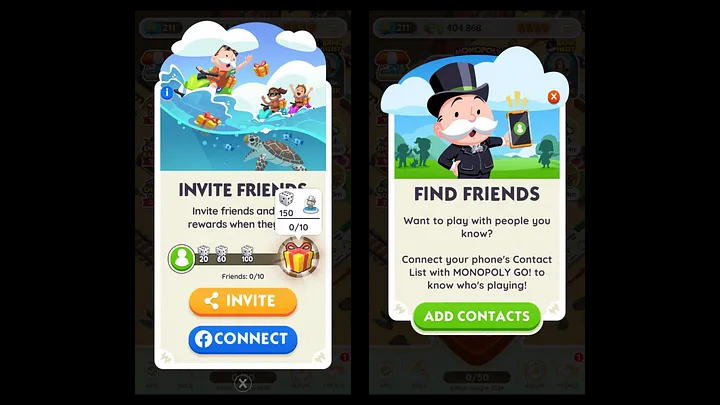
Using both paid and organic strategies optimally can yield the best outcomes. Ideally, paid efforts should capture initial interest, while organic methods cultivate a community of committed players. Each method supports and enhances the other, establishing a solid base for growth.
👉Read More: How to Integrate Paid and Organic Social Media into Your Marketing Strategy
Stage 2: Onboarding and Initial Player Experience
Congratulations on acquiring new players! The next step is ensuring they continue to engage with your game, starting with effective onboarding and the initial player experience.
Critical Engagement Moments
The initial moments within your game are crucial. These are the moments that can captivate a player's attention and interest.
Consider the impact of a player achieving a milestone early in the game, such as completing a beginner level or receiving their first reward. These achievements are designed to provide a sense of accomplishment and a preview of what lies ahead.
User-Friendly Interface and Tutorial Guidance
It's common knowledge that most players prefer not to consult a manual. Your game's interface should be intuitive, allowing players to immerly engage effortlessly. If explanations are necessary, a concise, interactive tutorial can be effective.
Ensure the tutorial is captivating, brief, and optionally skippable for those eager to start playing immediately. Your goal is to minimize entry barriers and make players feel confident and capable within your game's environment.
This stage also sets the expectations for the gameplay. Whether through a tutorial, an introductory mission, or a simple walkthrough, you're not just explaining mechanics—you're laying the groundwork for the player's journey ahead.
Achieve this successfully, and you'll not only retain users but also engage them, making them eager to discover what's next.
👉Here are some useful case studies of critical engagement moments and tutorial guidnce: Top Mobile Shooter Games Characteristics and Trends
Stage 3: Sustaining Initial Engagement
After navigating the onboarding phase, the next challenge is to maintain and deepen the initial interest of players.
Initial engagement focuses on keeping players active and committed during their early interactions with your game.
Engaging Gameplay Mechanics
The core mechanics of your game should be engaging enough to retain interest. This involves balancing challenge and reward.
The gameplay should neither be too easy, which might bore players, nor too difficult, which could frustrate them. Striking this balance is crucial, and understanding your audience's preferences is key to achieving it.
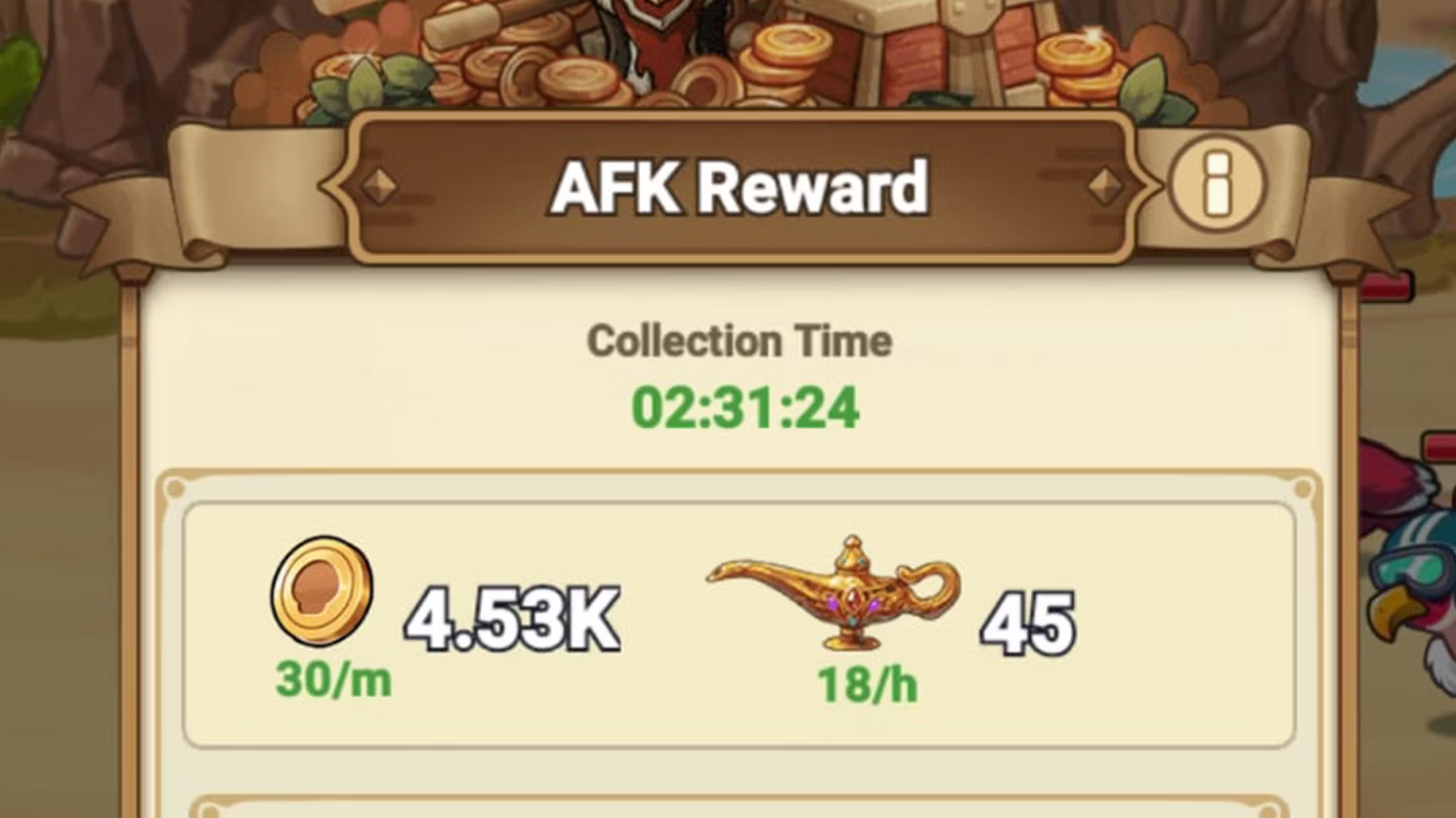
Daily Tasks and Rewards for Early Levels
Implementing daily missions and rewards for early levels is a proven strategy to ensure players return each day. These daily objectives provide clear, attainable goals.
Rewarding players for achieving these goals with items like in-game currency or unique items that enhance the gameplay experience is essential.
Progression Systems
Humans inherently desire progress and achievement. In mobile gaming, implementing effective progression systems can fulfill this need.
Progression can be through leveling up, developing skills, or advancing in the game's narrative.
As players spend time and effort, they should witness growth in their characters or environments, enhancing their engagement. Progression not only enriches the game environment but also serves as a journey roadmap, offering players clear milestones and rewards.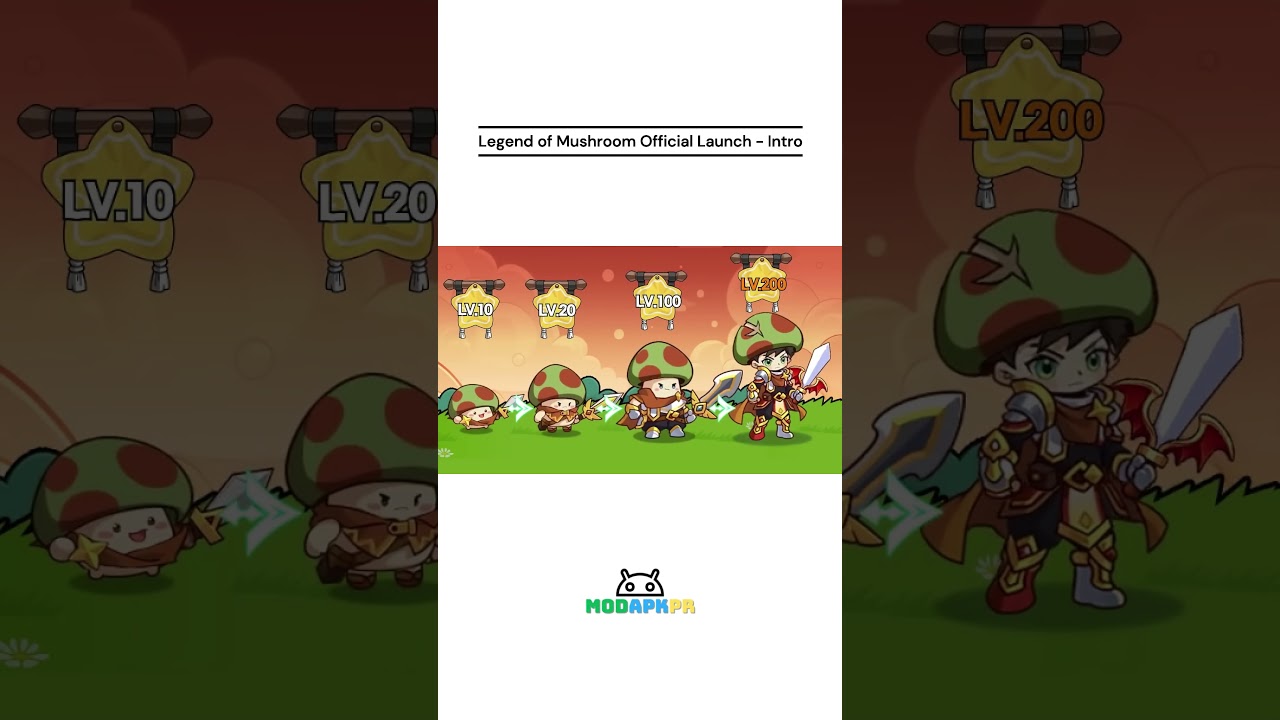
Stage 4: Monetization – Encouraging the First Purchase
Once players are deeply engaged, it's time to monetize that involvement tactfully.
Integrating In-App Purchases and Ads Naturally
Players are discerning and can easily spot excessive monetization, which can be off-putting. The goal is to integrate in-app purchases and advertisements in a way that feels natural.
In-app purchases might include cosmetic items or functional enhancements that improve the gameplay but are not essential for progression. Ads should be thoughtfully placed, with reward-based ads often being favorable as they provide players a choice in their interaction.
Incentives for the First Purchase
The first purchase is a critical moment in a player's journey. Offering special deals or "starter packs" can facilitate this step. Limited-time offers can create urgency and encourage this initial purchase.
Creating a seamless integration of these elements into the gameplay helps transition a player from a user to a paying customer.
👉Read More: How to Monetize Your Mobile App in 2024?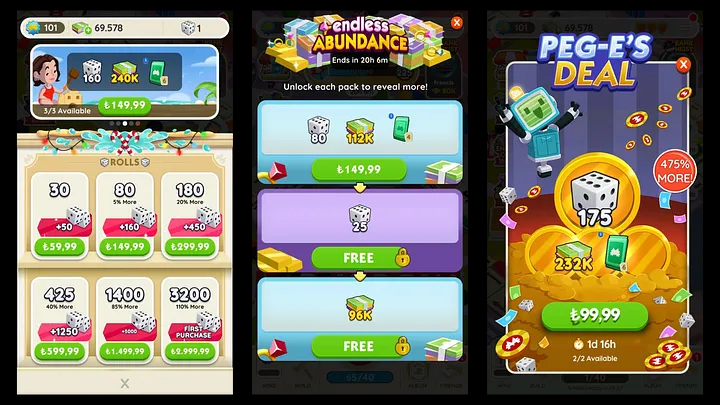
Stage 5: Continuing Engagement
Beyond the initial excitement, maintaining ongoing engagement is crucial for retaining players.
Regular Updates and Special Events
Continual updates, such as new levels or characters, keep the game fresh. Special events, like holiday-themed activities or limited-time challenges, add an element of excitement and encourage regular engagement.
These events also provide opportunities for additional monetization through themed offers and bundles.
Community and Social Features
Developing a vibrant community can significantly enhance player retention. Engaging players through forums, contests, and polls can give them a sense of involvement in the game's development.
Social features like guilds or multiplayer modes enrich the gaming experience and foster a community feeling, which is essential for long-term engagement.
Content Roadmap
A publicly shared content roadmap can keep players informed about upcoming features and updates, maintaining their interest over time. Announcing future content, especially exclusive items or characters, can keep players excited and looking forward to what's next.
Implementing these strategies ensures that the game remains engaging, and players continue to enjoy and invest in the gaming experience.
Stage 6: Long-Term Player Retention
Successfully acquiring, engaging, and monetizing players is just the beginning. The real challenge lies in keeping them engaged long-term.
Utilizing Analytics to Understand Player Behavior
To enhance player retention, it's crucial to understand player behaviors and preferences through analytics. Tracking where players commonly drop off or which in-app purchases are most popular can provide insights into their preferences and pain points.
Loyalty Programs and Feedback Mechanisms
Implement loyalty programs to reward long-term engagement, offering exclusive content or features that acknowledge and value player commitment. Additionally, maintain open channels for player feedback through surveys and social media to adapt and improve the game continually.
Effective Use of Behavioral Triggers
Use behavioral triggers, such as notifications, to remind players about the game. These should be balanced to avoid annoyance, aiming to draw players back with timely and relevant content.
Retention should focus on continually providing an enjoyable experience, not just extending playtime through artificial barriers or frustrations.
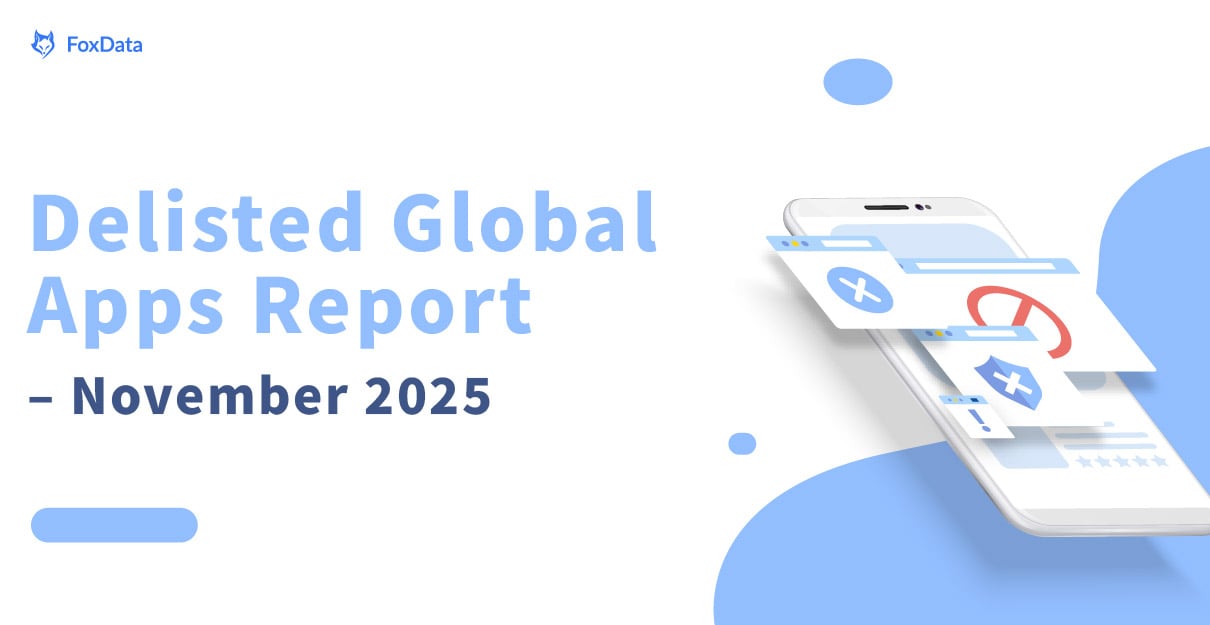
Dive into the latest global app delisting data to uncover key trends, platform insights, and what app removals reveal about the app market in November 2025.
Stage 7: Re-Engagement and Win-Back Strategies
Addressing player churn is inevitable, but re-engaging those who have drifted away is crucial for maintaining a healthy player base.
Tailored Comeback Campaigns
Target lapsed players with personalized campaigns that offer compelling reasons to return, such as exclusive bonuses or content. These should remind them of what they enjoyed about the game and introduce new features that might pique their interest.
Leveraging Updates and FOMO
Regularly update players on new content and special events. Utilizing FOMO (Fear of Missing Out) can encourage lapsed players to return to experience new updates or limited-time events.
Customized Re-Engagement Strategies
Different players have different interests; use the data collected to tailor re-engagement strategies. For example, highlight new PvP content to players who enjoy multiplayer aspects.
Creating a successful mobile game involves more than just great gameplay; it requires a holistic approach to the player journey. Each stage is interconnected, with the ultimate goal of not just attracting players but creating an engaging community that players are reluctant to leave.
FoxData's sub-brand, FoxAdvert, provides advertisers with diversified traffic growth and monetization solutions.
Partner with FoxAdvert to fuel your brand's potential from acquisition to purchase, and ignite your revenue growth with our data-driven solutions.


